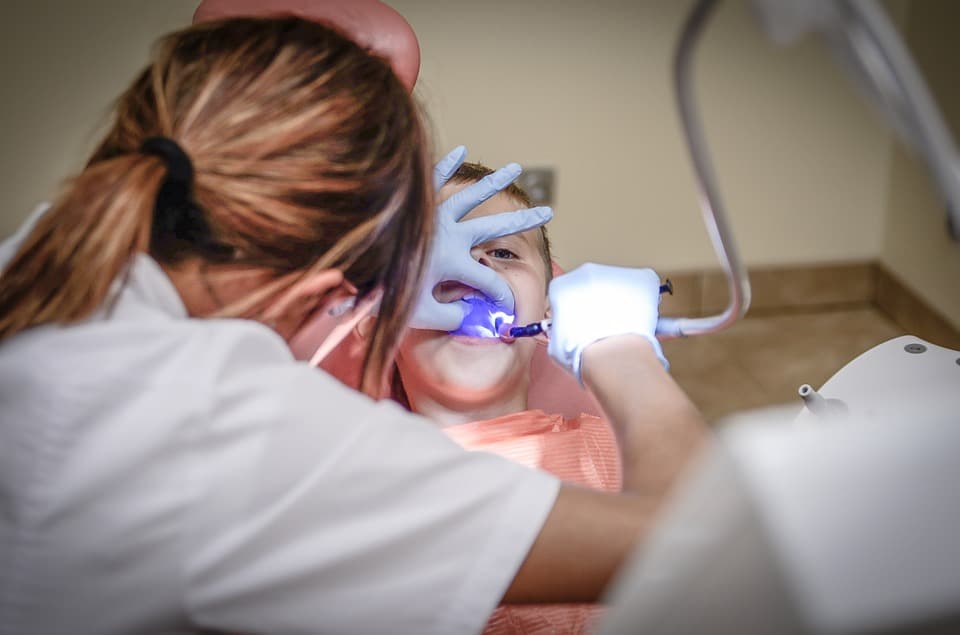
Has the pediatric dentist reported that your child’s permanent tooth or their gums have been infected? If so, then they may be required to have general anesthesia to have their procedure done comfortably. Oftentimes, general anesthesia is used for children with disabilities or those with general fear or anxieties with dental procedures. Hence, if you want to know more about general anesthesia, we’ll give you insights on what you should know and how you should prepare your child for it.
Is Anesthesia or Sedation Safe for My Child?
In 2019, the guidelines when providing sedation or general anesthesia to children have been updated by the American Academy of Pediatrics and the American Academy of Pediatric Dentistry.
Now, the requirement for the procedures is that the would always be at least 2 people in the room who are trained to provide advanced life support measures in case of any adverse effects. One of these people should be the oral surgeon or dentist who performs the procedure and the other will be an independent observer, who is either a certified nurse anesthetist, a physician anesthesiologist, a dentist anesthesiologist, or a second oral surgeon.
What Should Parents Keep in Mind When Their Children Are Asked to Undergo the Procedure?
- You should restrict your children from eating or drinking before sedation as it will risk the stomach contents may be vomited or inhaled into the lungs during the procedure.
- Have your little one dress into something more loose-fitting so it allows the dental assistants to attach anything without problems.
- You should provide your dentist with your child’s prescription, medical history, and list of allergies.
- Make sure that there is always a relative that will be with your child as they go home because they will feel dizzy or nauseous after the procedure.
What Are the Types of Sedation or Anesthesia Used on Children?
Nitrous Oxide
It’s a mild sedative that’s the least invasive. This is commonly known as “laughing gas.” When children breathe this with a little oxygen, they will feel more relaxed during the operation.
Mild Sedation
This is medication is commonly used by both children and adults during dental operations. When taken, your child will still be alert during the procedure and able to do the tasks requested by the dentist. However, after the procedure, your child may not even remember that they had a dental visit.
Moderate Sedation
When used, your child may be a bit drowsy but they are still able to do what the dentist asks them to do. This is usually recommended for young adults and teenagers rather than younger children.
Deep Sedation
This helps your child sleep through the whole dental operation. When they are under deep sedation, it is required that they have at least one independent observer monitor the heart rate, blood pressure, heart rhythm, and oxygen saturation during the whole procedure. It is also the independent observer that determines if your child is allowed to go home or not.
General Anesthesia
When used in a procedure, your little one is completely asleep as they have a pain-free operation. A specially trained anesthesia professional will provide the medication and monitor your child while the dentist conducts the operation. This can be given in a dental office if it is fully equipped with the tools to do so. If not, then it can be performed in an ambulatory surgical center or a hospital.
Are you looking for that pediatric dentist near me that can provide sedation or general anesthesia for major dental operations?
Greater Washington Dentistry has professionals who are specially trained to conduct operations that involve general anesthesia as we are affiliated with Fair Oaks Hospital. Also, we provide Nitrous Oxide Analgesia for procedures that can be easily done in our clinic. Feel free to talk to our professionals to know more about sedation and the use of anesthesia in dental procedures for improved comfort for your child during their operation.
